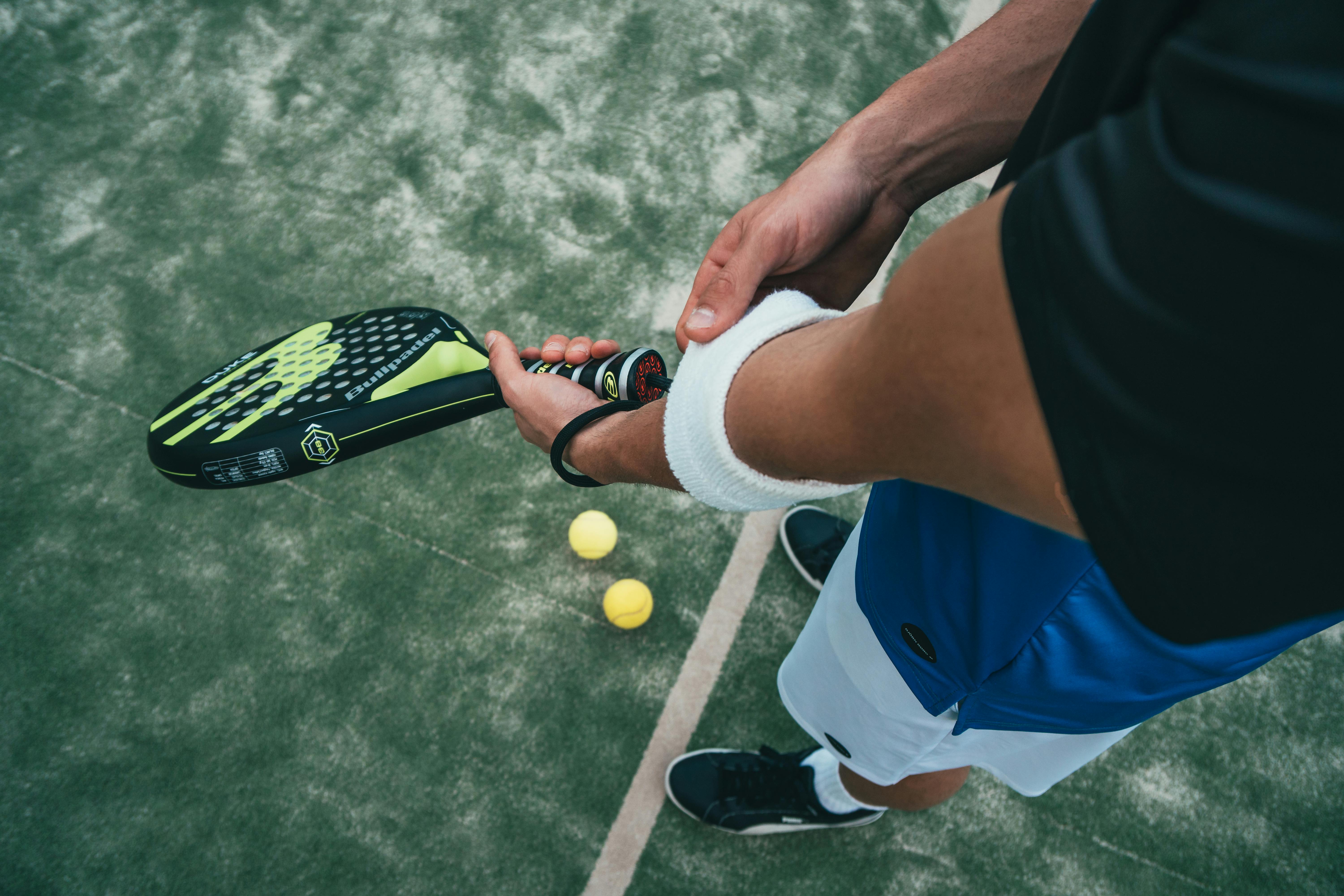
Reactive Hypoglycemia: Fix With Fat!
Reactive hypoglycemia can be a total nightmare! I know it was for me that I was first diagnosed. At first, I literally had no idea what I could do to fix the problem or even deal with it. I thought, “What can I eat?”
I knew that diet was key, but I didn’t exactly have the formula to solve my problem; and my doctors weren’t helping me too much. They just wanted to put me on a medicine that made me sick to my stomach and leave me on my way. I mean, we all know the importance of doctors, and I appreciate what they do, but how many times do they just do the moves? Take the tests, prescribe the medication!
Well, the doctors had nothing to help me! So, I had to help myself, which was nothing new as I have survived cancer 4 times and was used to using diet and supplements as a way to optimize my health. So I started doing research, talking to dietitians, personal trainers, and bodybuilders. I learned about the low carb diet and the ketogenic diet, and from those diets I learned about the importance of fat in treating all kinds of conditions, including reactive hypoglycemia.
Now, don’t get away just yet because I mentioned the fat. Fat has gotten a bad rap over the years, but it can really benefit you when consumed with a proper diet. You see, your body burns carbohydrates first, then fat, then protein … and we know that reactive hypoglycemia is basically a reaction to carbohydrates, especially simple carbohydrates. Simply put, with reactive hypoglycemia, you eat carbohydrates, and within 1 to 4 hours your body secretes excess insulin and lowers your blood sugar. This, of course, comes with all sorts of fun symptoms like dizziness, anxiety, tremors, cold extremities, heart palpitations, etc.
So after learning this, I decided to drastically reduce my carbs and add more fat! I started eating more bacon, red meat, peanut butter, cheese, coconut oil, butter, and heavy cream. Remember, if your body does not have carbohydrates to use for energy, it will use fat.
Not only did I lower my carb intake, but when I ate carbs, I only ate complex carbs and ate them with fat … and on top of that, I eliminated all refined foods from my diet, all simple and starchy carbs, sugars, caffeine and alcohol. Not eating these things is crucial to managing reactive hypoglycemia.
For example, in the morning for breakfast, along with my serving of cottage cheese and egg whites, I had about a quarter bowl of raw oatmeal with butter, heavy cream, coconut oil, and some blueberries. This combination of fat and carbohydrates would slow the body’s absorption rate and keep my blood sugar levels from spiking. This, in turn, would prevent my insulin levels from spiking and causing a hypoglycemic episode.
In the end, I learned that eating small, frequent meals was very important. I also learned that eating a diet low in carbohydrates and a diet high in fat, fiber and protein was the key to being able to return to a “normal” and active life. It took a while for my body to adjust. At first my energy levels were low and I got tired easily, but within a few weeks I had adjusted and my new diet system had become a science.
As a disclaimer, I am not a doctor, but I am someone who has managed to control my reactive hypoglycemia naturally through diet. If you are starting a new diet, I always recommend checking with your doctor first. Also, when starting out, keep a food diary and remember that if you are physically active and exercise or lift weights, your diet should take that into account. Stay focused, determined, and hopeful!




No Comment